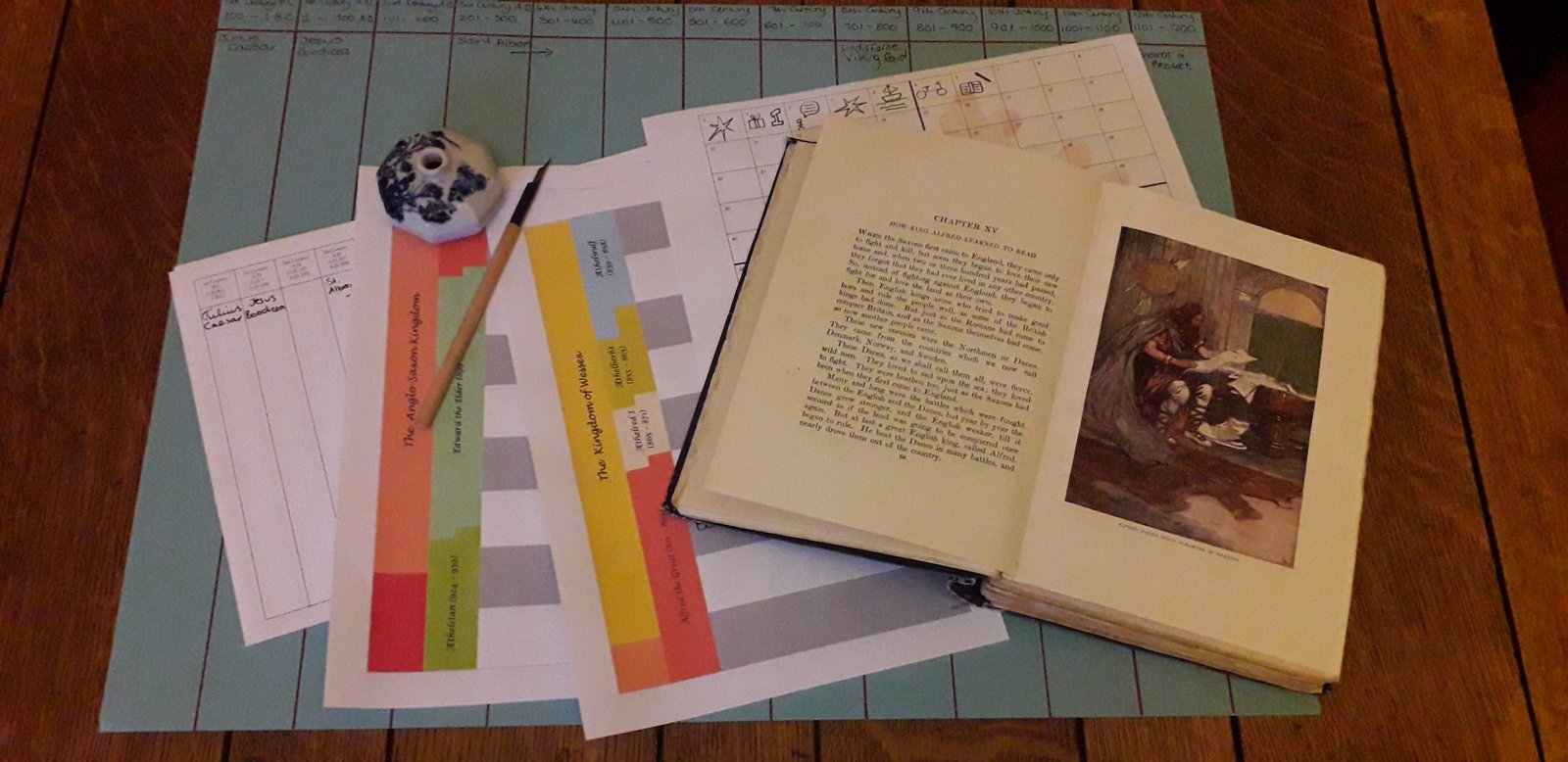“Musical Appreciation, of course, has nothing to do with playing the piano. It used to be thought that ‘learning music’ must mean this, and it was supposed that children who had no talent for playing were unmusical and would not like concerts. But Musical Appreciation had no more to do with playing an instrument than acting had to do with an appreciation of Shakespeare, or painting with enjoyment of pictures. I think that all children should take Musical Appreciation and not only the musical ones, for it has been proved that only three per cent of children are what is called ‘tone-deaf’; and if they are taken at an early age it is astonishing how children who appear to be without ear, develop it and are able to enjoy listening to music with understanding.”
Mrs Howard Glover [Vol. VI, p. 218]
Scheduling
5/6 x 10 – 30 minute lesson a day.
Musical appreciation was not scheduled during morning lessons for any form. It was an afternoon occupation. Prior to the advent of the gramophone students were required to watch a live performance of the piece being played. The compositions were usually played by the teacher, parent, or any available friend, or where such talent was lacking, the services of a pianola may have been called upon.
Such requirements may have influenced the time available for students to complete this part of the school programme, however, suggestions for “a daily musical half-hour” accompanied the music programme laid out termly in the Parents’ Review Magazine.
Material covered
“About six works by some great composer are chosen for study each term. These compositions are played or sung to the children constantly and studied carefully. The children are taught something about the form, harmonic structure, thematic development of the composition and some information is given about the life of the composer. An article appears every term in the Parents’ Review on the composer and his works, which is a great help to the teacher or parent who is giving the musical appreciation lessons.”
Marjorie Ransome, “Art and Literature in the Parents’ Union School”
Six pieces of music were selected each term. This music programme was laid out quarterly in the Parents’ Review, with the expectation that “the pupil is to become not only acquainted, but familiar [with the compositions], during the term”.
Each term in the P.N.E.U. programme a new composer was assigned((Initially, the PNEU did not focus on one particular composer a year. At some point this changed and most of the P.N.E.U. programmes we have available to us show one composer being assigned per term.)). The entry usually read “Programme of [enter composer here] music (to be heard), and followed with reference to a Parents’ Review article which would need to be consulted to complete the assignment.
Occasionally a biography of the composer would be assigned but it is important to note that the main emphasis was always on the music itself and not on the life of the artist.
Assigning Composers
“Many great men have put their beautiful thoughts, not into books, or pictures, or buildings, but into musical score, to be sung with the voice or played on instruments, and so full are these musical compositions of the minds of their makers, that people who care for music can always tell who has composed the music they hear, even if they have never heard the particular movement before.”
Vol. IV, p. 31
All forms were usually assigned the same composer and compositions per term. Unlike with picture study, the composer chosen rarely matched up with the historical time period being studied. This did not appear to be a criteria for selecting the composer of the term.
There are literally hundreds and hundreds of wonderful composers to choose from each term; however for interest sake, the following twenty composers were included on the programmes between 1921 and 1933. The table shows how many times the composer was used in this time, the composers’ lifespan, nationality, and the period/style of his work. There are a couple of instances where two composers were assigned to be studied side-by-side together during a term, or where a book was assigned((The books indicated on the table relate to Form I only. Students in the upper forms often had different books, which were assigned more frequently than those for the younger children.)). This is indicated on the table.

Further Reading
Dawn Tull’s series on Musical Appreciation
Musical Appreciation Class
Musical Appreciation
Episode 34: Picture & Composer Study
Printables
Footnotes








I am so thankful to have just found your site. I love your simple breakdowns, you make some of these subjects that I as a mom feel inadequate in seem easy! Thank you so much for these resources
Thank you for your lovely comment Tabitha. It has been our goal to break down the subjects and information in a Charlotte Mason education so that it is simple and easy to understand and digest. I’m so pleased to hear that you have found them helpful! Rachel